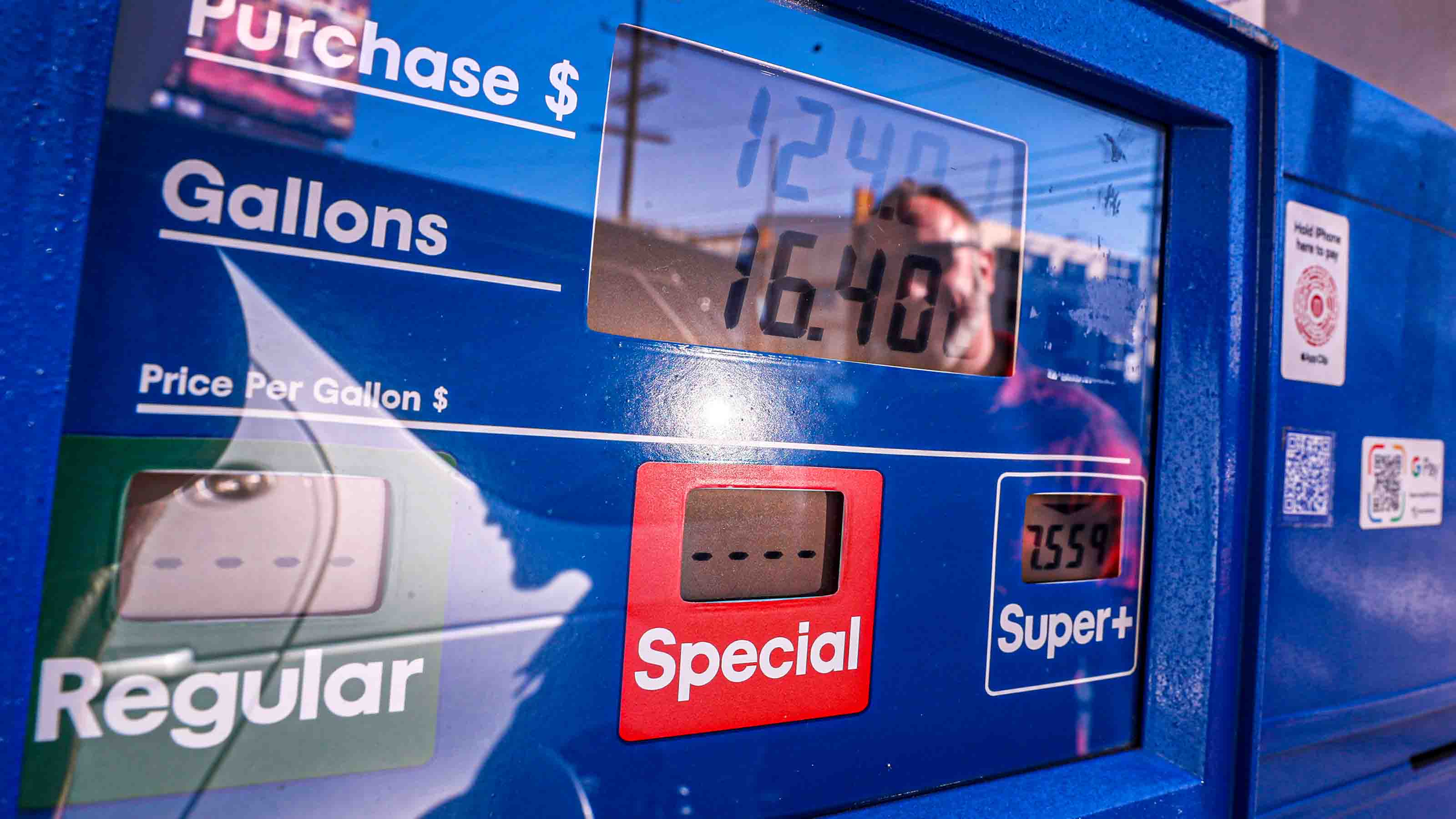Driving a Hard Bargain on a New 2018 Car
Our tips on negotiating strategies and getting a new ride that will hold its value well.


With car sales slowing from years of record highs, carmakers are ramping up incentive: cash rebates or low-interest-rate financing. But getting the lowest price possible still requires some smart tactics.
Negotiate. Assuming you aren’t shopping for a hot model, you can probably haggle with the dealer until you get close to the “invoice” price, or what a manufacturer charges the dealer for the car. The invoice price may be as little as 1% below sticker for a popular mass-market vehicle, or as much as 6% for a luxury model.
Dealers receive bonuses and other incentives from manufacturers to hit sales targets, enabling them to sell a car at invoice or slightly above and still make a slim profit. (Be sure to negotiate the price before any rebates or other incentives are factored in.) And remember that dealers make most of their profits from service, accessories, extended warranties and sales of used vehicles—pretty much everything except the sale of new cars.

Sign up for Kiplinger’s Free E-Newsletters
Profit and prosper with the best of expert advice on investing, taxes, retirement, personal finance and more - straight to your e-mail.
Profit and prosper with the best of expert advice - straight to your e-mail.
Cars that sit on dealers’ lots for months are more likely to sell at or below invoice than a coveted model in short supply. Buicks recently sat for an average 149 days, making them the second-slowest-selling cars on the market, according to Kelley Blue Book. By contrast, Audis and Subarus sell the fastest—they’re gone after just 40 days, giving dealers much less incentive to bend on the price. You’ll also save if you buy the outgoing model, once the new model hits dealers’ lots.
Check the resale value.
Saving a few bucks up front may be less valuable than picking a car with strong resale value. Cars depreciate at an average rate of 15% a year, says Eric Lyman, vice president of industry insights at TrueCar. One positive factor if you buy a sedan, he adds, is that resale values should start to improve over the next few years as supply tapers off in the used-car market (while SUVs proliferate, potentially hurting their resale values). Resale values and other costs of ownership can be found on kbb.com.
Stripped-down models without any options (the kind you see at rental agencies) aren’t very appealing to car dealers, but it’s unlikely you’ll get much extra for a car with every option and high-tech doodad tacked on, says Karl Brauer, executive publisher of Kelley Blue Book and kbb.com. “Everyone wants air-conditioning, power windows and Bluetooth, but not necessarily a sunroof and rear heated seats,” Brauer says. Go for a Goldilocks car: a well-equipped model, not too basic and not fully loaded.
Be wary of an all-new model.
Try to buy a car one year after a full redesign or launch of an all-new model. Or buy a “mid-cycle refresh”—a car that has been revised and updated by the manufacturer about three to four years after it first came out. All-new or fully redesigned models tend to have kinks that need to be ironed out, so waiting a year is usually a good idea. And a model refresh usually includes significant improvements. In both cases, these cars should hold a bit more resale value than the outgoing model, says Brauer.
Get Kiplinger Today newsletter — free
Profit and prosper with the best of Kiplinger's advice on investing, taxes, retirement, personal finance and much more. Delivered daily. Enter your email in the box and click Sign Me Up.

-
 Stock Market Today: Trump Retreats, Markets Rejoice
Stock Market Today: Trump Retreats, Markets RejoiceStocks rally, yields soften, the dollar rises, and even beaten-down names enjoy the wages of potential trade peace.
By David Dittman
-
 In Trump’s Economy Should 401(k) Savers 'Set It and Forget It?'
In Trump’s Economy Should 401(k) Savers 'Set It and Forget It?'It’s hard to bury your head in the sand when the markets are volatile. Here’s when it makes sense and when it doesn’t.
By Donna Fuscaldo
-
 Gas-Saving Tips That Actually Work
Gas-Saving Tips That Actually WorkThese are gas-saving tips that will actually work for you and your car this year.
By David Muhlbaum
-
 Want to Lease an EV? The Tax Credit 'Loophole' for That Could Go Away Soon
Want to Lease an EV? The Tax Credit 'Loophole' for That Could Go Away SoonTax Credits If you are deciding whether to lease or buy a car, here's what you need to know about the EV lease tax credit.
By Kelley R. Taylor
-
 Car Buying in a Topsy-Turvy Market
Car Buying in a Topsy-Turvy MarketYou need a new car? Good luck with that! What should you do? We've got some answers.
By Katherine Reynolds Lewis
-
 Watch Out for Flood-Damaged Cars from Hurricane Ian
Watch Out for Flood-Damaged Cars from Hurricane IanBuying & Leasing a Car In the wake of Hurricane Ian, more flood-damaged cars may hit the market. Car prices may rise further because of increased demand as well.
By Bob Niedt
-
 Car Buyers: The 3-Day Grace Period Is Just a Myth!
Car Buyers: The 3-Day Grace Period Is Just a Myth!Buying & Leasing a Car Many car buyers think they have three days after making a purchase to return a car. Here’s where they’re going wrong, and what they should do instead to get a decent used car.
By H. Dennis Beaver, Esq.
-
 PODCAST: Car-Buying in an Inflated Market with Jenni Newman
PODCAST: Car-Buying in an Inflated Market with Jenni NewmanBuying & Leasing a Car With cars both scarce and expensive these days, what to do if you want – or need – a new ride? Car-buying strategist Jenni Newman of Cars.com shares some tips. Also, more on the magical 9% savings bond.
By David Muhlbaum
-
 The "Real" Cost of Buying a Car
The "Real" Cost of Buying a CarFeature Atlanta Falcons linebacker and Kiplinger contributing editor Brandon Copeland illustrates how car prices are far more than meets the eye.
By Brandon Copeland
-
 How to Get a Car Deal in This Market
How to Get a Car Deal in This MarketBuying & Leasing a Car Low inventories mean it’s hard to haggle on price, but you can still negotiate on financing when shopping for a new or used car.
By Rivan V. Stinson